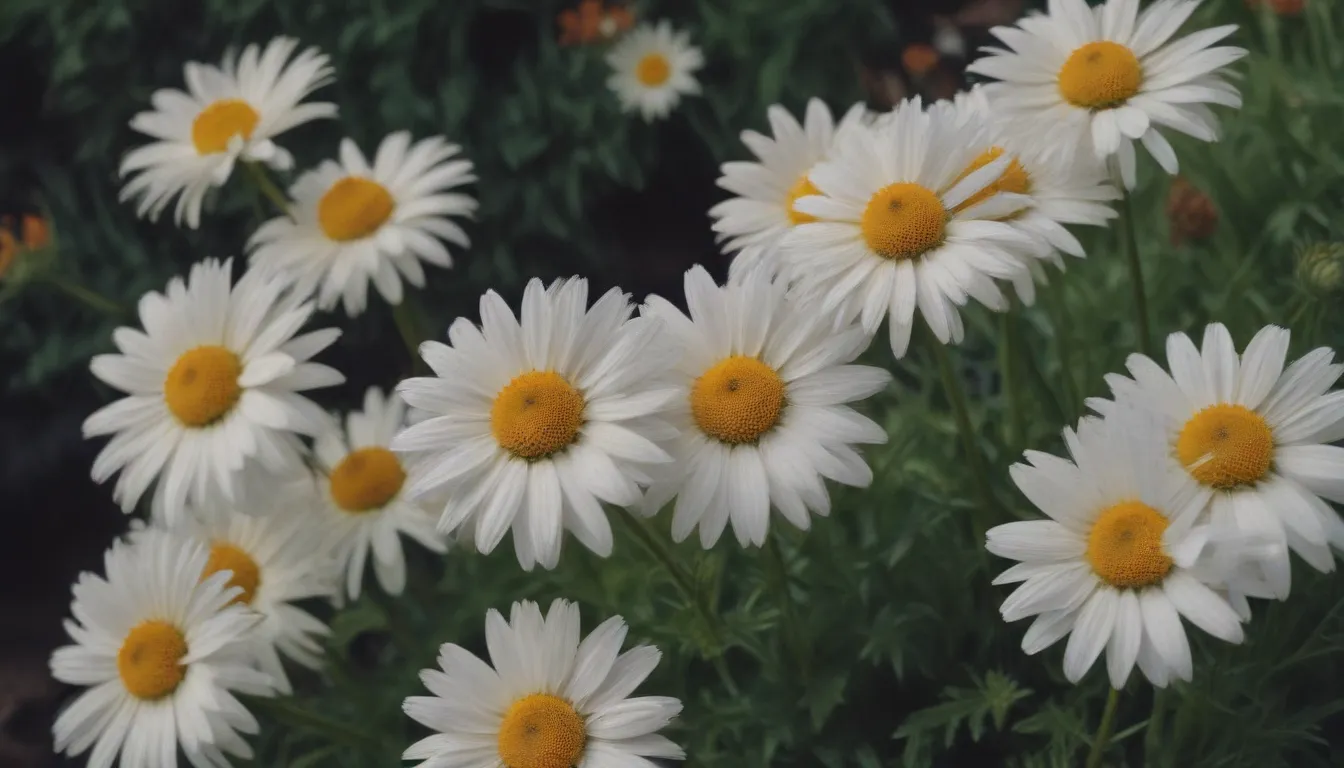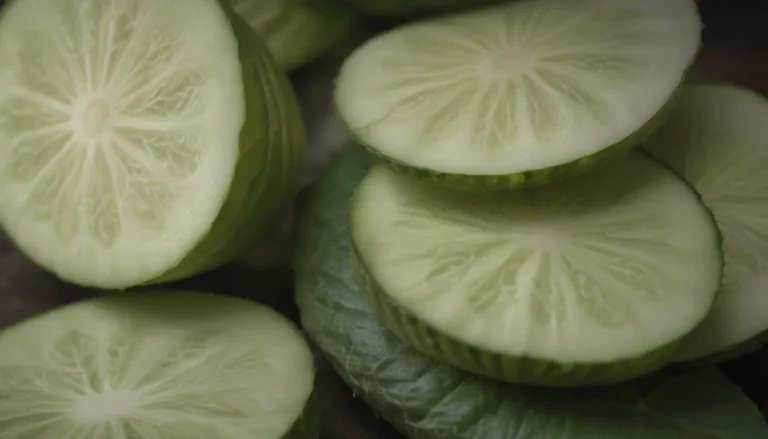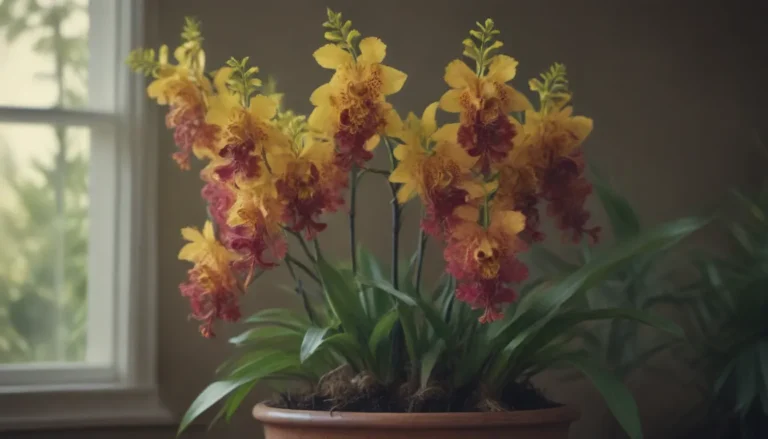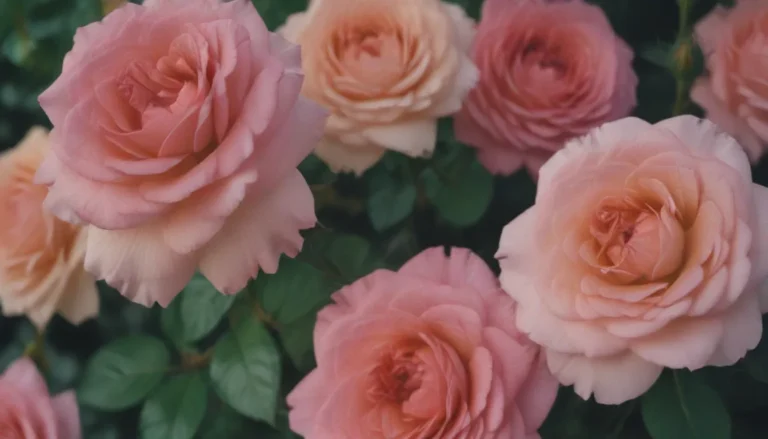Enhance Your Garden with Daisy-Like Flowers: 13 Stunning Plant Options

Are you looking to add a touch of whimsy and beauty to your garden with daisy-like flowers? While the common daisy is undeniably charming, there are numerous other plant species with similar floral appearances that offer better choices for your garden. These plants not only boast attractive blooms but also tend to be more garden-friendly than the prolific common daisy.
Daisy-like flowers are characterized by their composite nature, where individual flowers are arranged in a radiating pattern to create the illusion of a single bloom. Typically found in shades of white, yellow, or purple, horticulturalists have also developed cultivars with a wide array of colors and bloom shapes. Many of these plants are known for their ability to thrive in dry conditions, making them a resilient choice for challenging garden settings.
If you’re eager to incorporate daisy-like flowers into your garden, consider the following 13 plant options that are sure to elevate your outdoor space:
1. Gerbera Daisy (Gerbera jamesonii)
The Gerbera daisy, also known as Transvaal daisy, is a warm-weather perennial native to South America, Africa, and Asia. With its distinctive round flowers and a variety of color options, this plant adds a vibrant pop to any garden. Deadheading spent flowers will encourage continuous reblooming, making it a low-maintenance choice for gardeners.
- USDA Growing Zones:
- Color Varieties:
- Sun Exposure:
- Soil Needs:
2. German Chamomile (Matricaria chamomilla)
German chamomile, with its tiny white daisy-like blooms, is a soothing addition to any garden. Known for its calming properties, this short-lived perennial is easy to grow and requires minimal maintenance. Sow seeds in the fall for a burst of blooms in the spring, and don’t forget to deadhead after flowering to promote healthy growth.
- USDA Growing Zones:
- Color Varieties:
- Sun Exposure:
- Soil Needs:
3. False Sunflower (Heliopsis helianthoides)
Tall and vibrant, the false sunflower is a striking choice for warm southern climates. With its yellow-orange flowers and tolerance for drought conditions, this plant thrives in poor soils. Regular moisture will ensure optimal blooming, and staking flower stalks in shady conditions can provide much-needed support.
- USDA Growing Zones:
- Color Varieties:
- Sun Exposure:
- Soil Needs:
4. Pot Marigold (Calendula officinalis)
Calendula, a versatile plant with colorful, daisy-like flowers, serves as a perfect companion in the garden. Boasting edible and medicinal properties, this plant attracts beneficial insects that aid in natural pest control. Regular deadheading post-flowering will extend the blooming period, ensuring a continuous display of blooms.
- USDA Growing Zones:
- Color Varieties:
- Sun Exposure:
- Soil Needs:
5. Asters (Aster Spp.)
Asters, with their dense purple daisy-like flowers, are late-bloomers that add a burst of color to the garden in late summer and early fall. This hardy plant thrives in cool, moist summers and benefits from regular pinching to maintain bushy growth. Providing afternoon shade in hot climates will help asters flourish.
- USDA Growing Zones:
- Color Varieties:
- Sun Exposure:
- Soil Needs:
6. African Daisies (Osteospermum x hybrida)
African daisies, with their metallic center blooms, offer a unique twist on traditional daisy-like flowers. Requiring fertilizer, adequate water, and acidic soil, these plants bloom in early to mid-summer and provide a stunning display in the garden. Treat them as cool season flowers and deadhead to encourage continuous blooms.
- USDA Growing Zones:
- Color Varieties:
- Sun Exposure:
- Soil Needs:
7. Purple Coneflower (Echinacea purpurea)
Echinacea, known for its medicinal properties, boasts striking purple daisy-like flowers that are both beautiful and beneficial. Opt for cultivars for improved performance and a range of colors, and divide plants every four years for healthy growth. Deadheading spent flowers will maintain a vibrant display.
- USDA Growing Zones:
- Color Varieties:
- Sun Exposure:
- Soil Needs:
8. Coreopsis (Coreopsis Spp.)
With over 75 perennial varieties, coreopsis is a diverse genus that includes daisy-like flowers in various forms. These plants attract bees and butterflies and can be sheared back after blooming to encourage late-season reblooms. Deadheading ensures a lively garden filled with color and pollinators.
- USDA Growing Zones:
- Color Varieties:
- Sun Exposure:
- Soil Needs:
9. Black-Eyed Susans (Rudbeckia Spp.)
Black-eyed Susans, with their yellow blooms and dark center disks, are a favorite among gardeners for their vibrant display throughout the summer and early fall. Perfect for mass plantings, these hardy perennials self-seed freely, requiring minimal maintenance for year-round enjoyment.
- USDA Growing Zones:
- Color Varieties:
- Sun Exposure:
- Soil Needs:
10. Blanket Flower (Gaillardia x Grandiflora)
Gaillardia, also known as blanket flower, is a resilient plant that self-seeds easily and thrives in various garden settings. With its thick covering of blooms, this plant adds a burst of color to the landscape and requires minimal maintenance for optimal growth.
- USDA Growing Zones:
- Color Varieties:
- Sun Exposure:
- Soil Needs:
11. Ice Plant (Delosperma cooperi)
Delicate yet striking, ice plants feature purple daisy-like flowers with yellow centers that bloom all summer long. Suited for dry ground cover, these low-growing succulents require a careful balance of moisture and drainage for optimal growth. Protect them from cold temperatures to ensure continued blooming.
- USDA Growing Zones:
- Color Varieties:
- Sun Exposure:
- Soil Needs:
12. Garden Mum (Chrysanthemum)
Garden mums, with their late-season blooms, provide a burst of color from September through frost. Available in various cultivars and colors, these clump-forming plants require ample moisture and sunlight for healthy growth. Mulching can help retain soil moisture and promote vigorous blooming.
- USDA Growing Zones:
- Color Varieties:
- Sun Exposure:
- Soil Needs:
13. Shasta Daisy (Leucanthemum x superbum)
Resembling common daisies, Shasta daisies add a touch of elegance to any garden with their large, showy blooms. With popular cultivars like ‘Becky’ offering vibrant flowers that bloom from July through September, these perennials are a favorite for cut flower arrangements. Replant every few years to ensure a continuous display of blooms.
- USDA Growing Zones:
- Color Varieties:
- Sun Exposure:
- Soil Needs:
Incorporating daisy-like flowers into your garden can add a cheerful and charming touch to your outdoor space. Whether you opt for Gerbera daisies or Shasta daisies, each of these plant options offers unique characteristics and benefits for your garden. Experiment with different varieties to create a vibrant and diverse landscape that will bloom season after season. Happy gardening!





